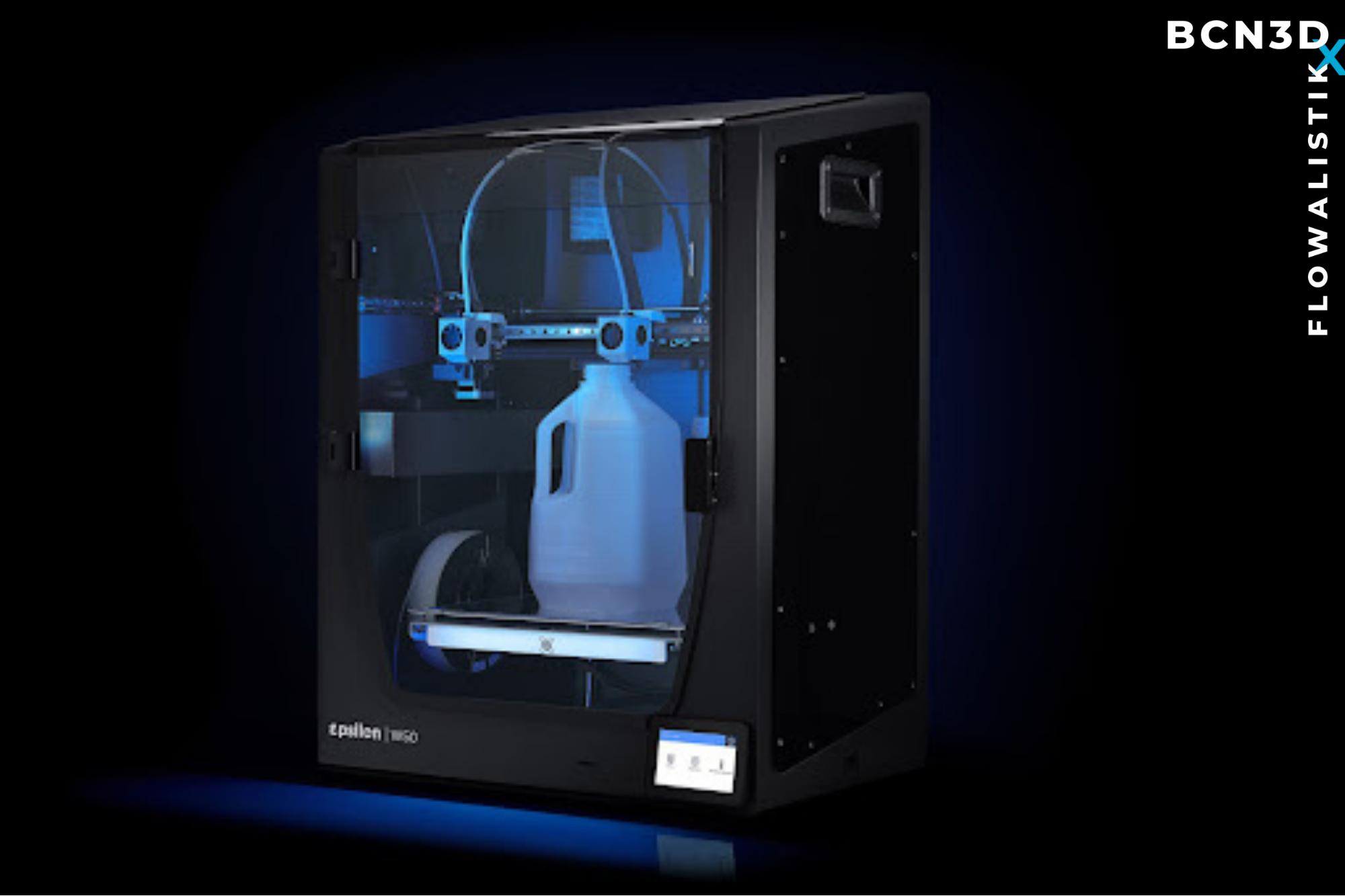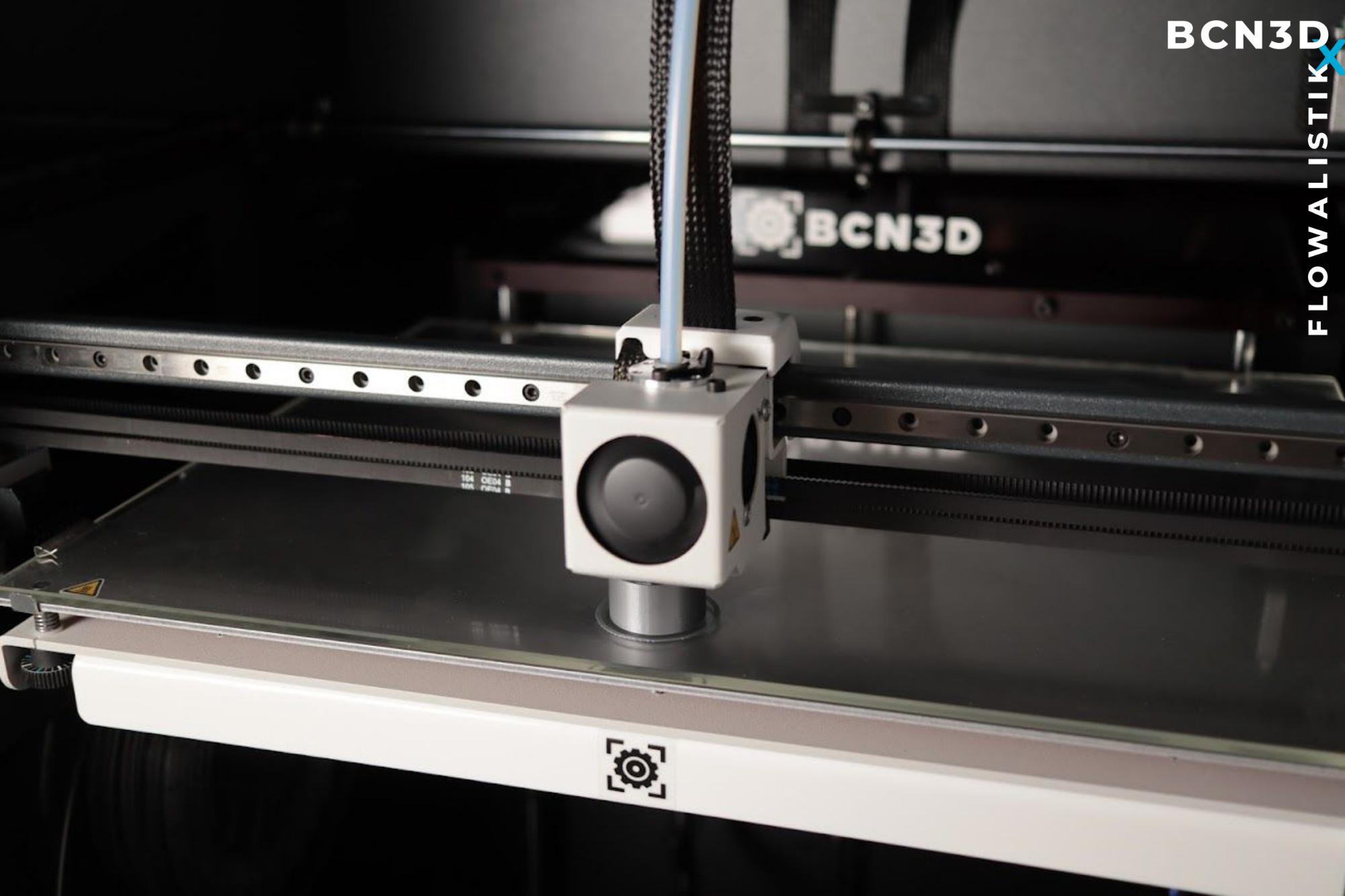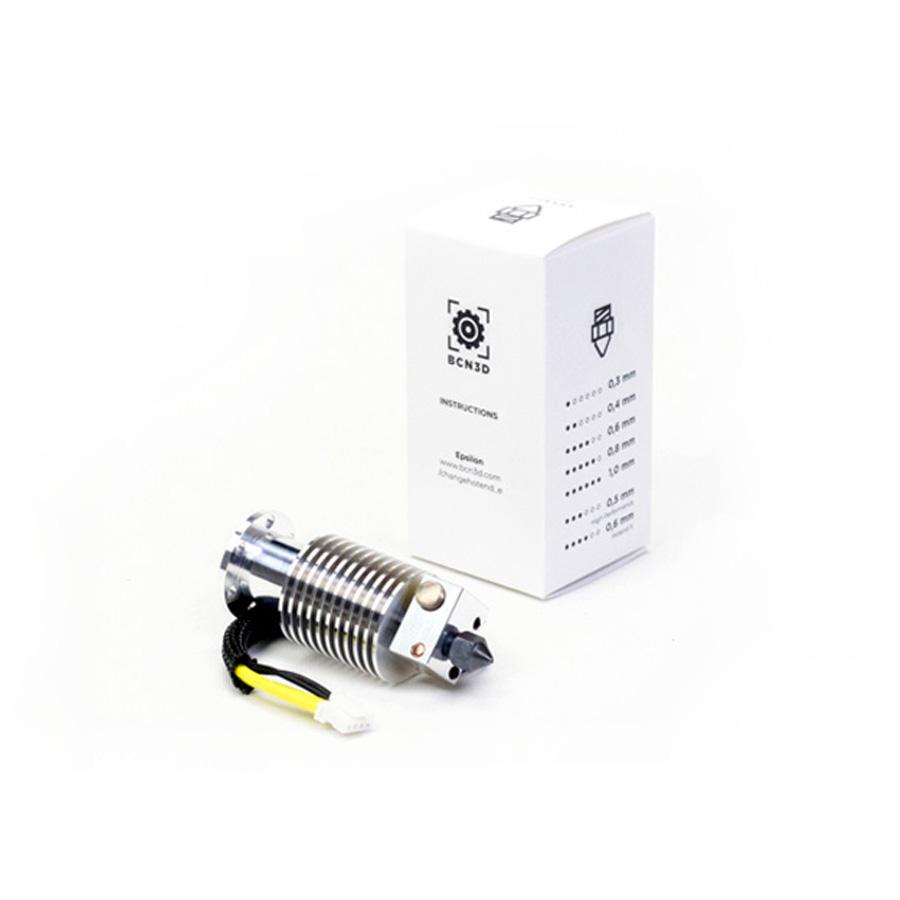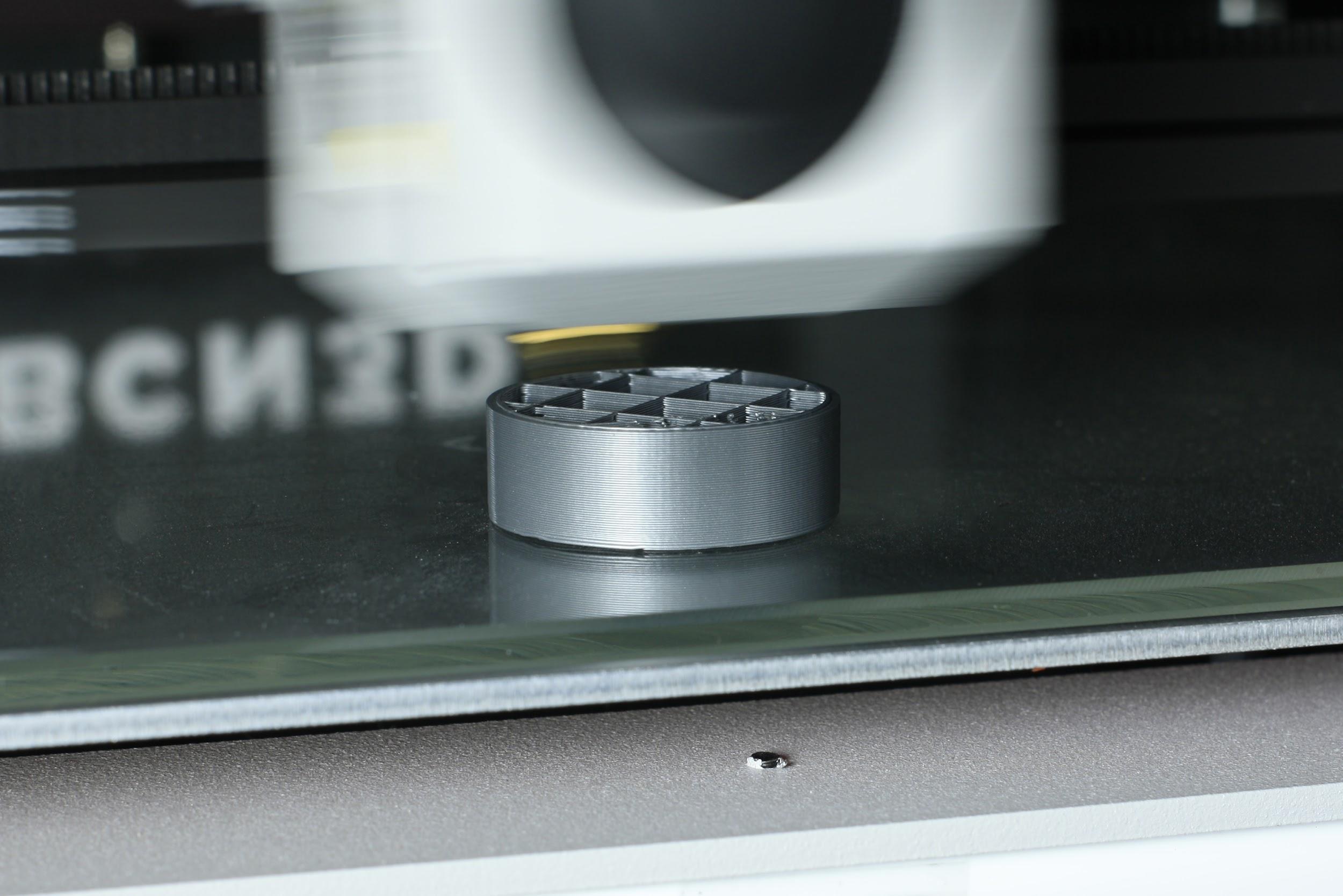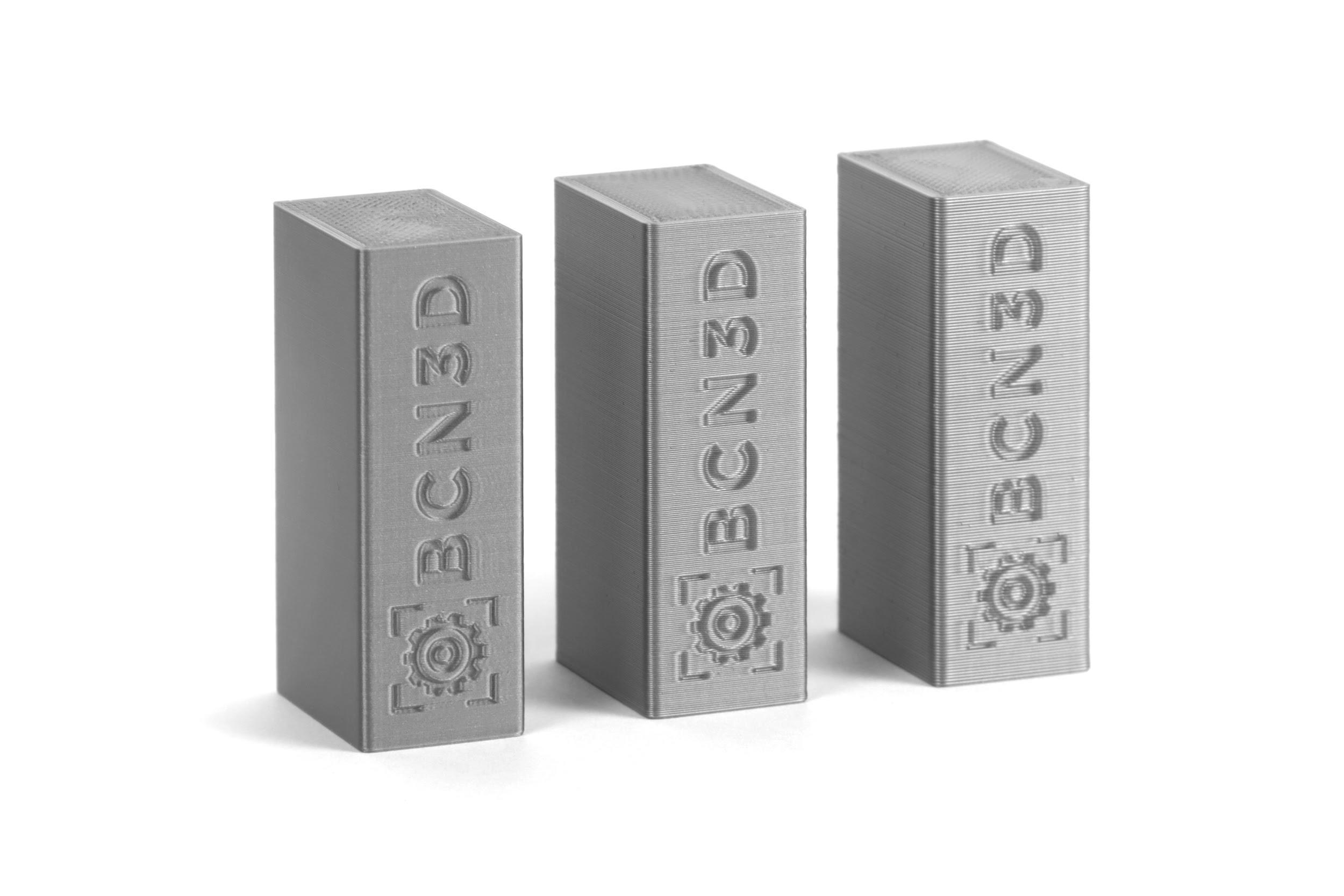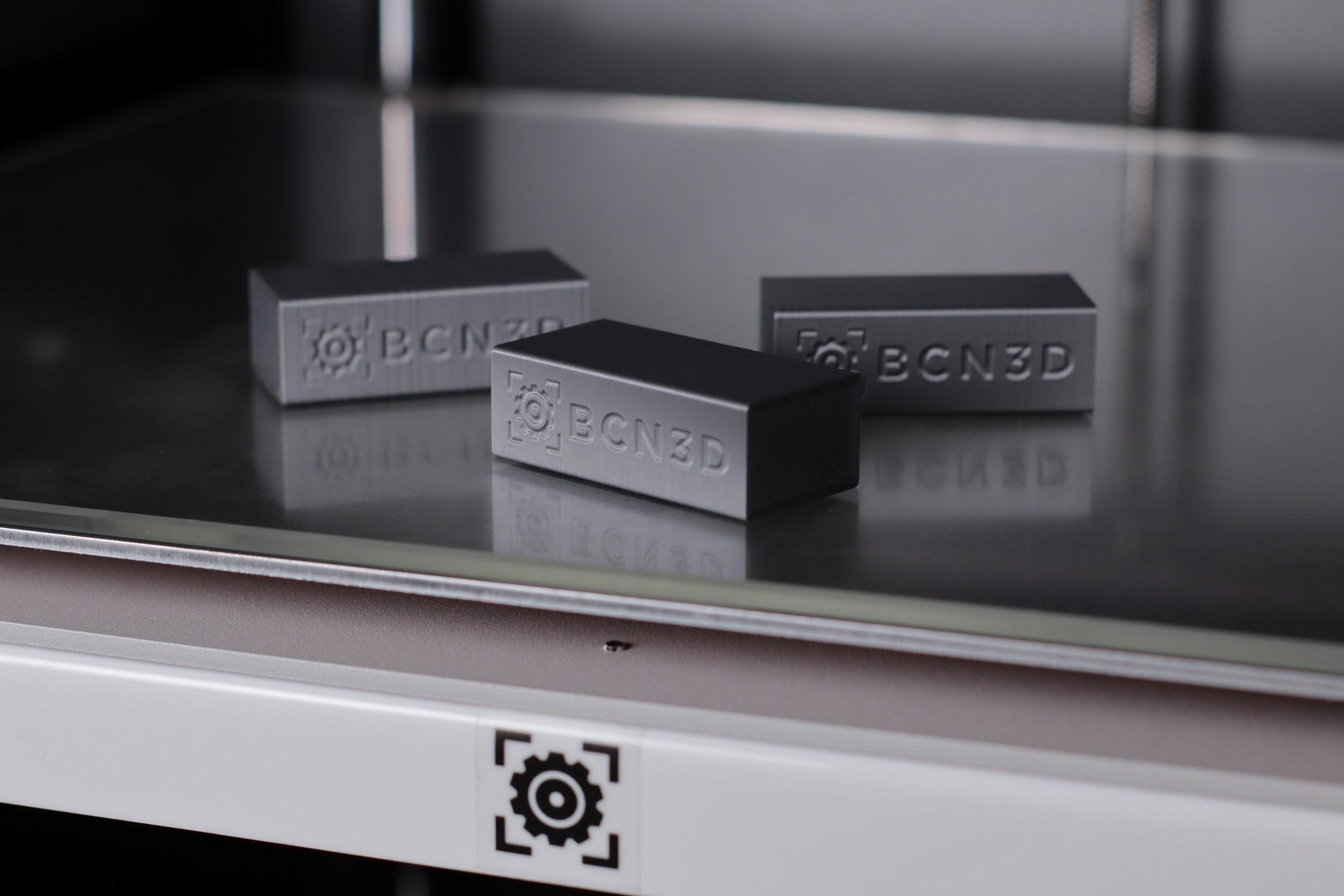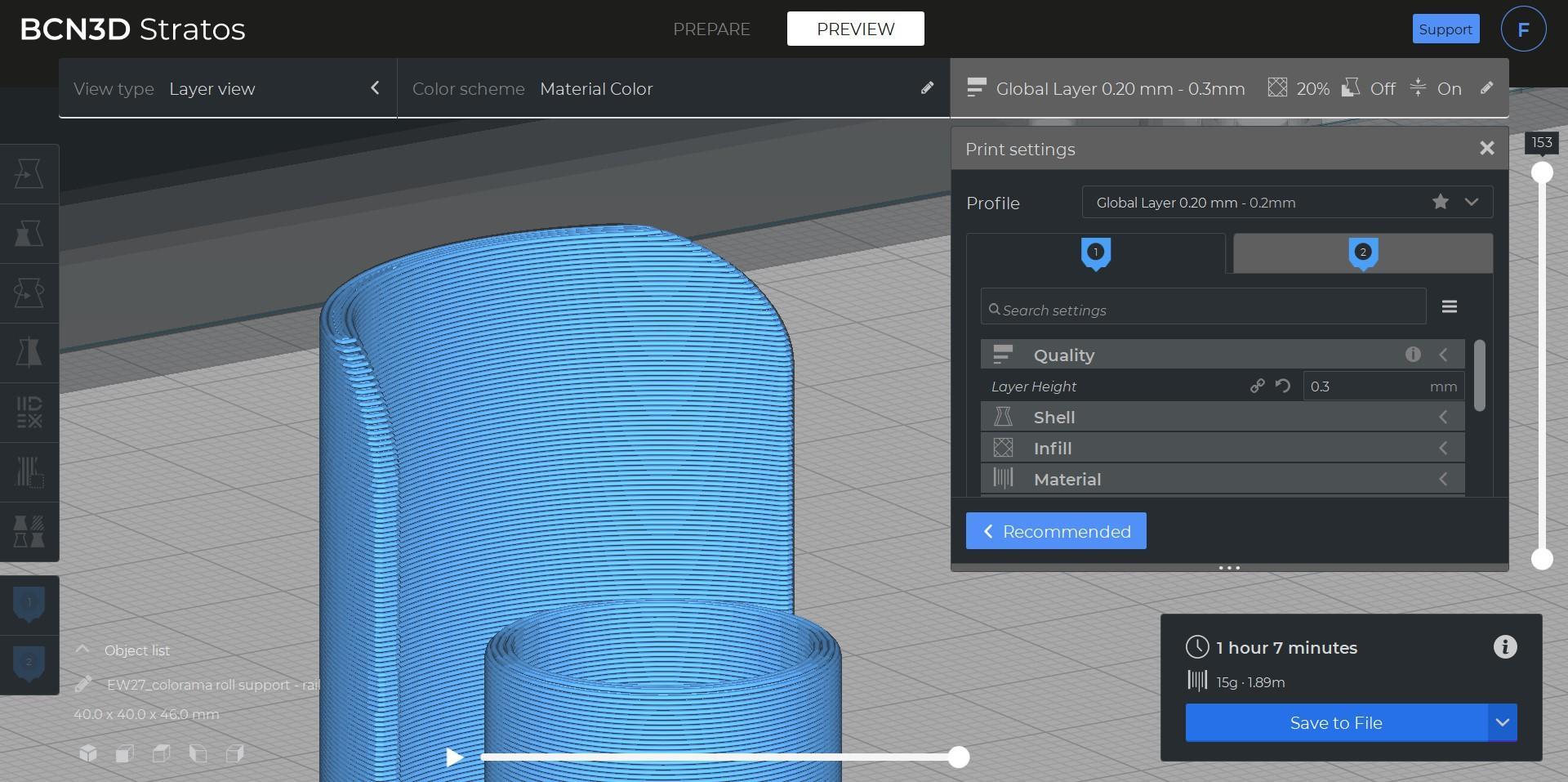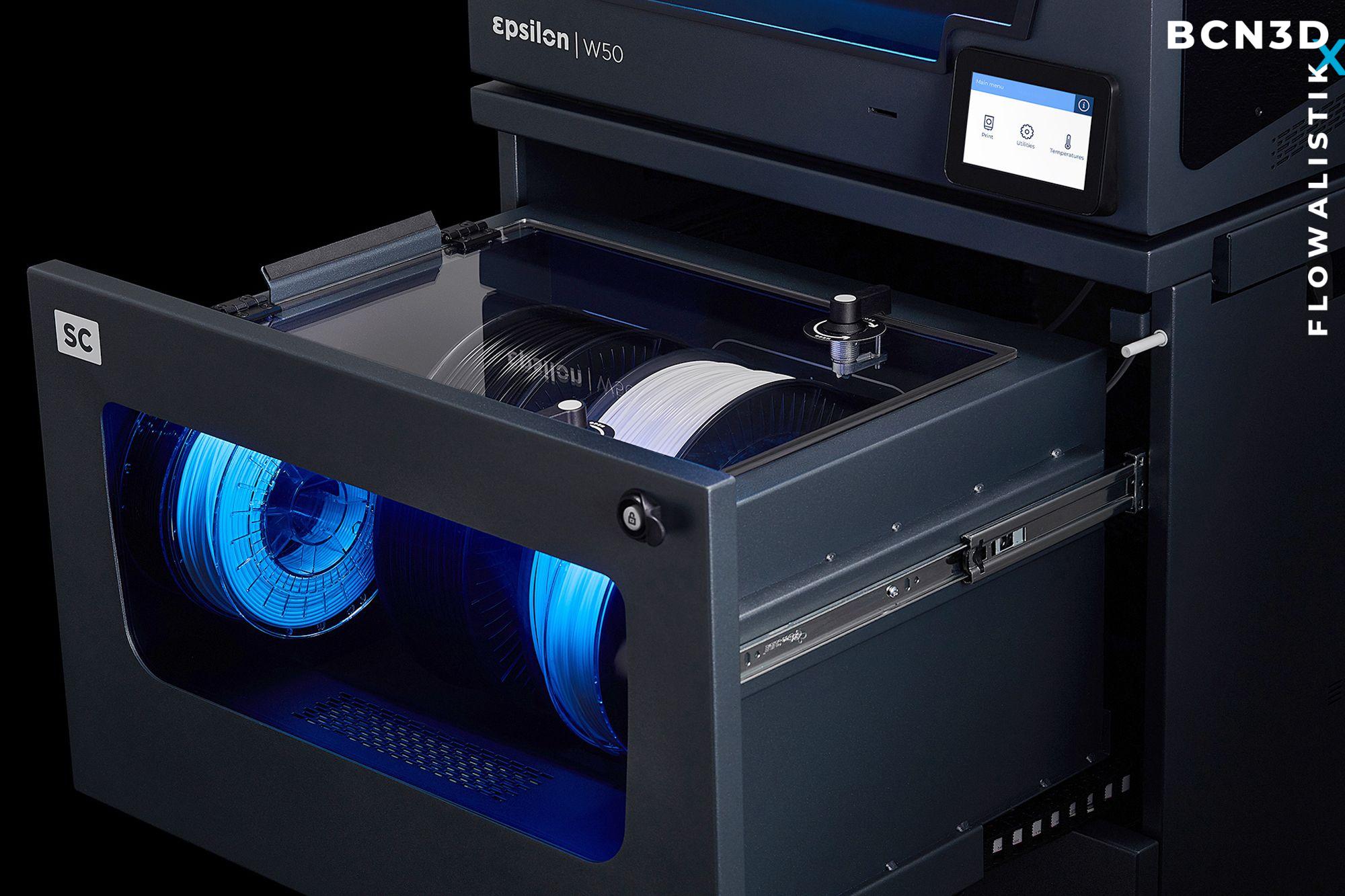
2 minute read
How Wall Thickness affects printed parts
from BCN3D Slicing Guide eBook
by BCN3D
Wall Thickness plays a crucial role in print quality and part strength, but finding the correct settings comes down to the part’s purpose.
Mechanical properties
Advertisement
If you need a strong part, increase the Wall Thickness. It’s as easy as that.
No matter their purpose, all parts should be printed with a 0.8mm wall thickness or at least twice the nozzle diameter. The reason behind this number is that parts that are printed with a single wall can deform, affecting part strength and dimensional accuracy.

Test prints to find the optimal Wall Thickness
If you want to increase part strength, it’s recommended to use a Wall Thickness of at least 1.6mm (4 walls with 0.4mm nozzle), although you can increase that number depending on the part strength required and the nozzle diameter.

When you want to improve the mechanical properties of your part, you’ll usually increase the Wall Thickness and the Infill percentage. Notice that it’s essential to find the right balance between these two settings.
In some cases, you’ll want to use thick walls (2mm) while keeping the infill percentage low (10%), but in other cases, you may prefer to use thinner walls (0.8mm) and a high infill percentage (40%).

BCN3D Stratos Wall Thickness & Infill
2mm walls + 10% infill (left), 0.8mm wall + 40% infill
Surface finish
An increased Wall Thickness has a positive impact on overhangs and post-processing.
Models that include overhangs tend to have a low surface quality due to the small overlap between layers. When you increase the Wall Thickness of a model with overhangs, you’re increasing the overlap between layers, leading to improved surface quality.

Overhang test
If you want to post-process or sand your 3D printed part, it’s recommended to increase the Wall Thickness, as sanding usually removes the outermost wall.
This means that if the printed part presents some surface quality issues, you’ll have the chance to sand off more materials without compromising the part’s integrity.

